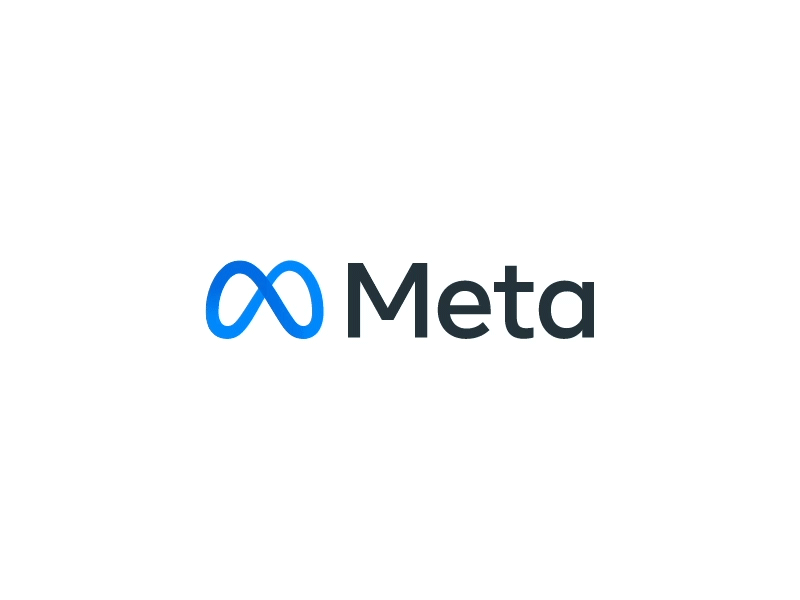I had a client who couldn’t understand why their Meta ads were “going nowhere”:
• Creative? Great.
• Budget? Solid.
• GA4? Showing leads.
• Ads Manager? Crickets.
Campaign stuck in learning phase, ROAS dropping fast. When I audited the setup, it was obvious: Pixel was there — but no Conversions API (CAPI).
Meta got partial, unreliable data. Offline purchases or those who love ad-blockers (shame on you BTW)? Pixel saw nothing.
So much for optimization.
Since 2021, Meta has said it clearly: server-side tracking via CAPI is essential.
Yet many still rely on the Pixel. It’s not enough.
Without server-side tracking, you lose:
• 40–60% of conversions (especially from iOS, Safari, VPN, AdBlock users);
• Key identifiers (email, phone, external_id);
• The link between ad clicks and on-site actions;
• The ability to send delayed events (e.g., purchases on day 5).
Worst of all — Meta’s algorithm has nothing to learn from. The system burns your budget and blames your offer. But it’s missing signals.
Server-side tracking isn’t a luxury. It’s survival.
Here’s how I restore optimization using CAPI:
• Send server-side events with event_name and all the extra parameters. So Meta can say: “Got it — same person who clicked 3 days ago.”
• Pass external_id, email, phone when possible. Higher match rate = better attribution
• Include events the Pixel can’t see. Like purchases through third-party checkouts
• Send delayed events. Even a day-10 purchase counts — if it has event_id or click_id
• Use a hybrid model: Pixel + CAPI. Meta deduplicates via event_id, no double-counting
Meta isn’t just about creatives anymore — it runs on signals. Without server-side tracking, those signals vanish. Want campaigns to exit learning, deliver real ROAS, and scale sustainably? CAPI isn’t optional. It’s the foundation.
Want to get all my top Linkedin content? I regularly upload it to one Notion doc.
Go here to download it for FREE.



